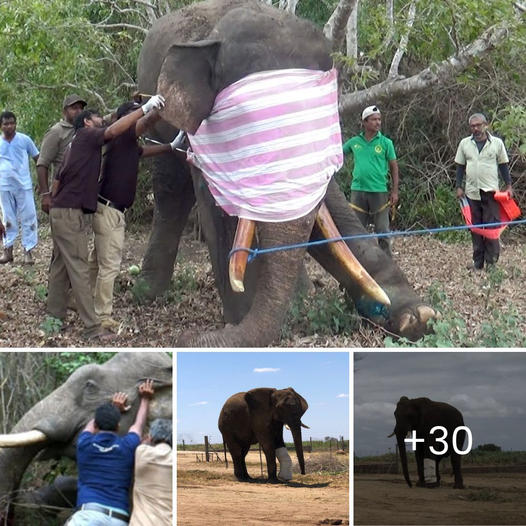MYSTERIOUS blue sea creatures with wings like a dragon have amazed beach-goers after washing up in their hundreds in Sydney.
Experts warned people not to touch the mini monsters – which have a sting as powerful as a Portuguese man o’ war.

These mysterious blue sea creatures washed up in their hundreds in SydneyCredit: Isntagram / @Coraliegabus
The blue sea slugs have been found in large numbers in recent days at Freshwater and Curl Curl beaches in North Sydney.
Glaucus atlanticus – also known as the blue angel, sea swallow and blue dragon – spends its days floating upside down on the surface, riding ocean currents.
True to its nickname, the blue dragon is a 𝓀𝒾𝓁𝓁er, preying on larger organisms such as the Portuguese man o’ war.
And they absorb their prey’s venom, concentrating it at the end of their finger-like extremities to ward off attackers.

Blue dragon sea slugs float upside down with their sapphire foot on the surfaceCredit: Instagram / @Eggmcgreg

Beach-goers have been amazed by the invasion washed up by the tideCredit: Instagram / @Eggmcgreg

They pack a powerful sting, recycling venom from larger predators that they eatCredit: Instragram / Sacredabel
Melissa Murray of the Australian Museum said they are part of the “blue tide” group of floating animals that also includes the jellyfish-like man o’ war.
She told the 7 News channel: “There’s about five different types of animals floating around with the wind.
“They usually come in at this time of the year with the north-easterly winds, but die once they hit the shore. They’re absolutely beautiful.”
She added: “These creatures feed on each other. So, the glaucus atlanticus normally has tentacles in its system.
“If another creature tries to eat it they use the tentacles as a defence mechanism.
“So if you do see one, don’t pick it up with your hands. Use a bucket with water instead.”

Although just over an inch long, they are natural 𝐛𝐨𝐫𝐧 𝓀𝒾𝓁𝓁ers and sometimes eat each otherCredit: Instagram / @Eggmcgreg

They have washed up at Freshwater and Curl Curl beaches in North SydneyCredit: Isntagram / @Coraliegabus
Stunned beach-goers shared pictures online of the sea slug invasion.
Miranda Atkinson, visiting from Alaska, said it was “one of the coolest things” she’s seen on her trip so far.
She said: “I would’ve thought they were fake if there weren’t so many.”
Blue sea slugs, which grow up to 1.2 inches (3cm), float with their bright blue underside – actually the “foot” – facing upwards to camouflage them against the sea, and with the silver side facing down to blend in with the sky.
They are hermaphrodites, meaning they are both male and female, and when they mate both partners lay a string of eggs.
Glaucus atlanticus sometimes eat each other in captivity.
At the weekend we told how a dad stung by a Portuguese man o’ war almost died as his infected leg turned black on a family beach trip in New South Wales.





